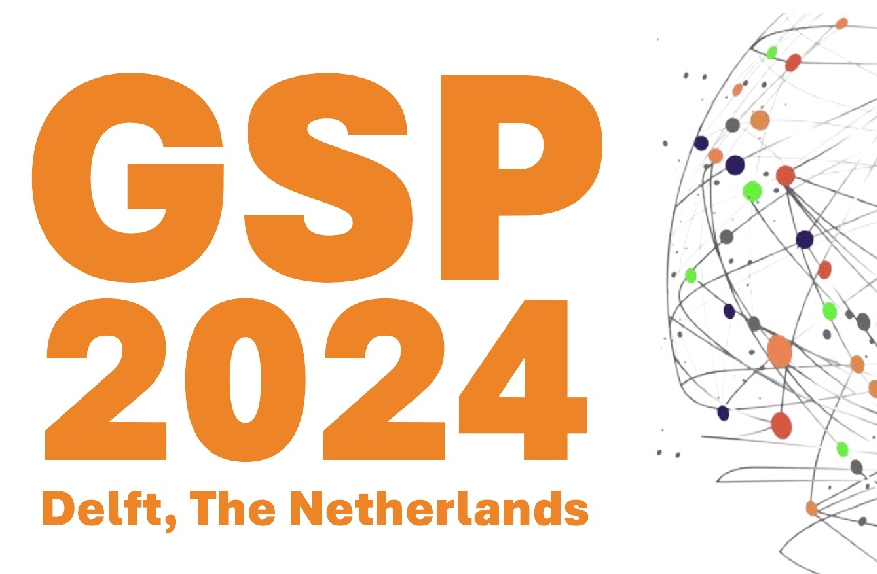Agenda
MSc SS Thesis Presentation
- Thursday, 30 June 2022
- 10:00-10:45
- Lecture hall Data
Analyzing dynamic functional connectivity using state-space models on mice fUS data
Ruben Wijnands
In recent years, the increase in brain research led to the development of large-scale brain imaging techniques. With large-scale brain imaging techniques, such as functional magnetic resonance imaging (fMRI), functional connectivity analyses have shown altered connectivity patterns in humans and mice with neurobiological disorders, such as autism spectrum disorder (ASD). To further investigate different mutations that contribute to ASD, a behavioral neuroscientific experiment has been performed at the neuroscientific department of Erasmus MC. During the trial, brain activity in groups of wild-type and homozygous mice is measured using functional ultrasound (fUS) while allowing for spontaneous behaviors of mice. The homozygous mice lack the SHANK2 protein, resulting in hyperactivity and autistic-like behavioral alterations associated with ASD in humans. Understanding the origin of ASD is key to providing effective treatment. However, with the introduction of novel large-scale brain imaging techniques such as fUS, new methods have to be developed that enable functional connectivity analyses. Furthermore, new insights might also be acquired from dynamic functional connectivity analyses, in which changes in functional connectivity over time are evaluated. Subsequently, the question remains if it is possible to unravel differences in brain dynamics between wild-type and homozygous mice using a dynamic functional connectivity analysis.
First, an fUS data model is developed to model how fUS signals arise from a generative perspective. This model comprises a combination of a convolutive and a state-space model. Subsequently, inference of functional networks and their temporal dynamics can be performed. Also, a pre-processing pipeline for experimental fUS data is designed to reduce problem complexity and data cleaning. The performance of the developed methods is evaluated on the experimental data set, where a difference in brain dynamics between wild-type and homozygous mice is investigated.
It is found that a deconvolution procedure using the non-negative least absolute shrinkage and selection operator (NNLASSO) is necessary to reconstruct the underlying activity of neural populations. After that, using the hidden Markov model (HMM) as a state-space model, it is found that functional networks and their temporal dynamics can be learned from fUS data using expectation maximization (EM). It has been discovered that the developed methods consistently decompose reconstructed neural activity into biologically plausible functional networks from experimental fUS data. Also, with 96% certainty, a difference in brain dynamics between wild-type and homozygous mice is found using this method.
In summary, in this thesis, novel methods are developed to perform a dynamic functional connectivity analysis on experimental fUS data. Also, by performing such dynamic functional connectivity analysis for the first time on fUS data, a consistent decomposition of reconstructed neural activity into biologically plausible functional networks and a possible difference in brain dynamics between wild-type and homozygous mice are found. This research highlights the potential of fUS as a large-scale brain imaging technique in the quest to understand the origin of ASD and other neurobiological disorders.
Agenda
- Tue, 30 Apr 2024
- 10:00
- HB18.090
MSc SPS Thesis presentation
Wim Kok
A SystemC SNN model for power trace generation
- Mon, 6 May 2024
- 12:30
- Aula Senaatszaal
PhD Thesis Defence

Christoph Manss
Multi-agent exploration under sparsity constraints
- Tue, 21 May 2024
- 10:00
- Aula Senaatszaal
PhD Thesis Defence

Wangyang Yu
- 27 -- 28 May 2024
- Aula, TU Delft
Conferences

44th Benelux Symposium on Information Theory and Signal Processing (SITB'24, Delft)
- Tue, 18 Jun 2024
- 15:00
- Aula Senaatszaal
PhD Thesis Defence

Hanie Moghaddasi
Model-based feature engineering of atrial fibrillation
- Mon, 24 Jun 2024
- Aula, TU Delft
Conferences
